So here's our snapshot of 11 issues you should know about before you head to the ballot box on Saturday.
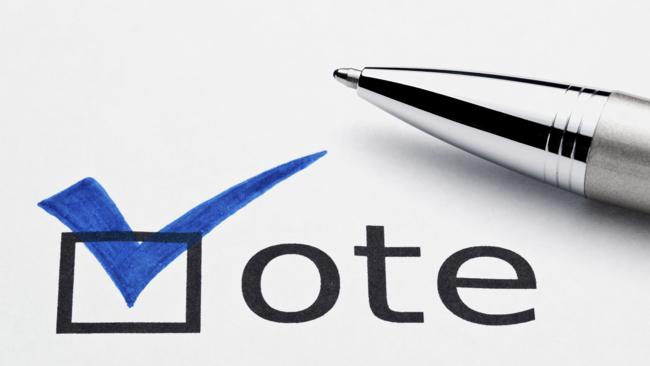
BROADBAND
Labor: The $44.1 billion National Broadband Network aims for speeds of 1000 megabytes per second (Mbps) or more by 2021.
Coalition: Significantly cheaper at $29.5 billion, but at much lower speeds than those promised by their opponents. Abbott's broadband pledges at least 25-100 Mbps by 2016 and 50-100 Mbps by 2019.
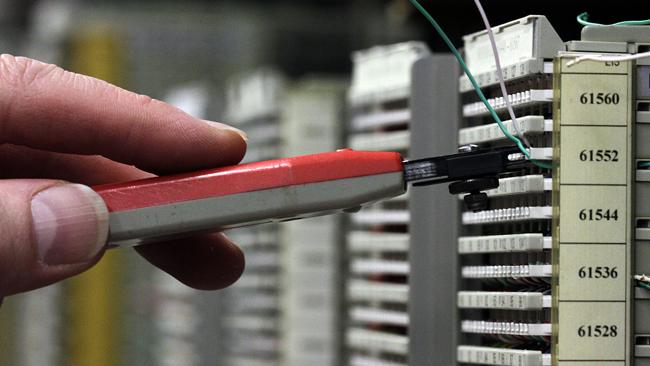
PAID PARENTAL LEAVE
Labor: Will stick with its existing scheme: 18 weeks paid at the minimum wage and no superannuation.
Coalition: In one of its boldest (and most expensive) new policies, Mr Abbott has committed to giving mothers 26 weeks paid leave at their current wage up to a maximum annual earnings of $150,000. They will also be paid superannuation. It has its fair share of critics, including some inside the party.
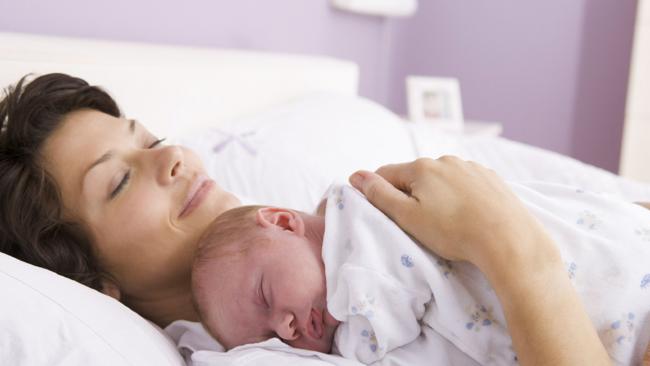
GAY MARRIAGE
Labor: The leader supports it and the party allows a conscience vote. Mr Rudd has committed to drafting legislation to legalise gay marriage within 100 days if re-elected, though the law won't even come close to passing without the Opposition allowing a conscience vote.
Coalition: Won't let that happen. Very little support within the party - not that it matters, because the party line is to oppose any change to the Marriage Act anyway.

MINING
Labor: Will keep its mining tax, despite the blows it's copped because of it.
Coalition: Declared to tear the tax to pieces. It is expected to result in billions in lost revenue for the government, but Mr Abbott says it is more important to save the burden of the tax on families and businesses.
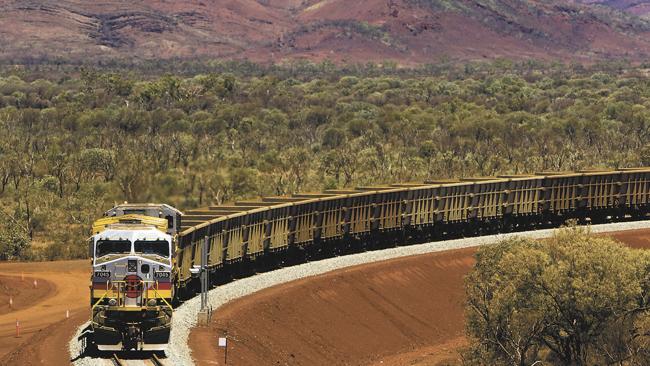
CLIMATE CHANGE
Labor: Will switch from its carbon tax to a carbon trading scheme from next year, which forecasters say will generate a whopping $16 billion over four years. Money will be invested in commercialising renewable energy ($10 billion over five years) and another string of Labor's climate change policy is $1 billion in grants to manufacturers and food processors.
Coalition: Tearing up Labor's carbon tax is arguably the cornerstone of Mr Abbott's long campaign to bring down the government. That will happen, and Abbott also says the party will spend funds on programs such as planting trees and encouraging businesses to reduce their carbon emissions.
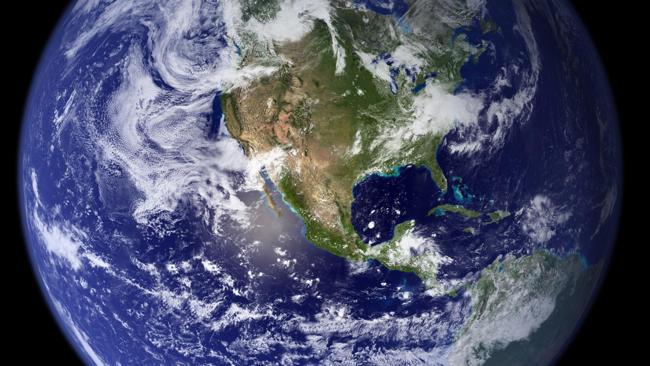
ASYLUM SEEKERS
Labor: Rudd made significant attempts to strengthen the party's policies to stop the illegal people smuggling trade in the lead up to the election, with deals for asylum seekers who arrive by boat to be resettled in Papua New Guinea or Nauru and not Australia. He says the plan - which is bruised and battered - will take time to prove it works.
Coalition: Abbott's "stop the boats" policy has six points, just don't ask Jaymes Diaz to recite them. It's a tough line approach, including turning back boats "where it's safe", refusing settlement in Australia and introducing a buy-back scheme where Indonesian boats suspected of being used for people smuggling are purchased by the government.

CAR INDUSTRY
Labor: Rudd has pledged $500 million aimed at keeping the car industry alive past 2020. It will be used to attract new investment in the industry, as well as funds for Holden, Toyota and Ford.
Coalition: Abbott says the Labor plan is the equivalent of Rudd running after the car industry with a blank cheque. He's defended attacks that he will kill the car industry, says "handouts" aren't the answer, and pledges his party's plans for the economy will make it better for businesses to thrive.
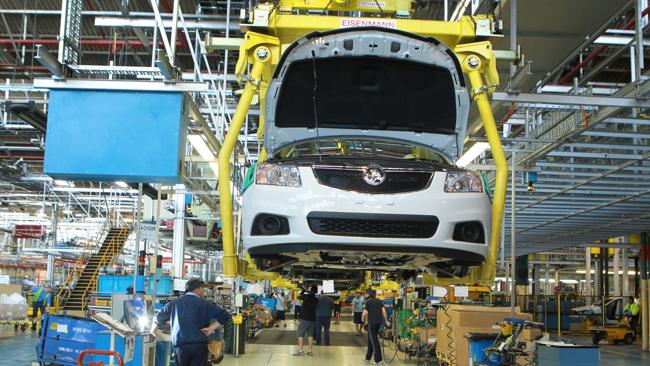
INDIGENOUS AFFAIRS
Labor: Remain committed to the Closing the Gap program, with focus on areas such as education, employment, infant mortality and life expectancy. Progress has been slow but the government argues real results will be seen in the long term.
Coalition: Supports the targets of the Close the Gap program. Abbott has also bolstered the party's commitment to indigenous affairs with a plan to establish a Prime Minister's Indigenous Advisory Council, which will be chaired by Indigenous leader Warren Mundine.

EDUCATION
Labor: $15 billion over six years aimed at delivering extra funding to schools that need it most. Its Better Schools plan covers almost 80 per cent of the country's pupils, though not all states have signed up to the Gonski reforms.
Coalition: Will match Labor's deals and offers over four years from 2014. But what about after 2014? Mr Abbott's plans after that are yet to be laid out.

ROADS
Infrastructure helps drive the economy, and building roads may help drive swinging voters. Both parties have committed to billions of dollars in road funding, especially in highly marginal seats.
Labor: A hefty $800 million-plus promised, including $715 million to build the Brisbane Cross River Rail.
Coalition: If elected, you might expect the roads to personally be coated in gold by Mr Abbott. A whopping $18.5 billion has already been allocated to major road works.
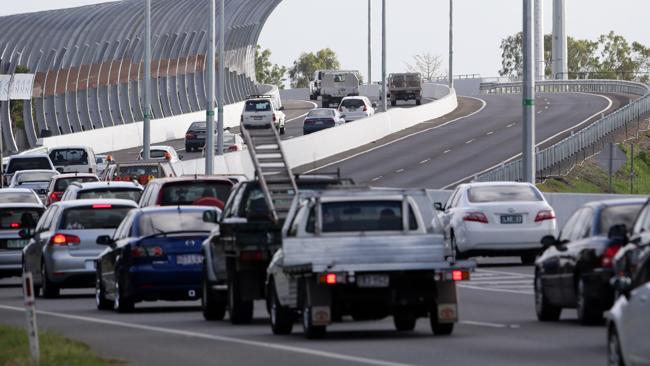
MENTAL HEALTH
Labor: Will invest $34 million to open another 10 Headspace centres across Australia to help young people with mental health issues. It will take the total number of centres to 100, an investment supported by industry advocates.
Coalition: Will match Labor's commitment.
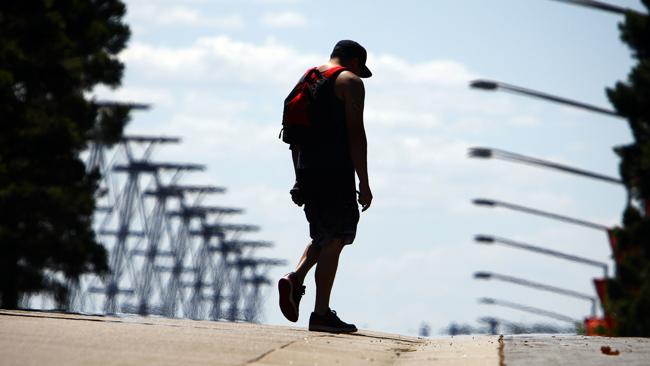

 Written by Guest.
Created:
Written by Guest.
Created: 











